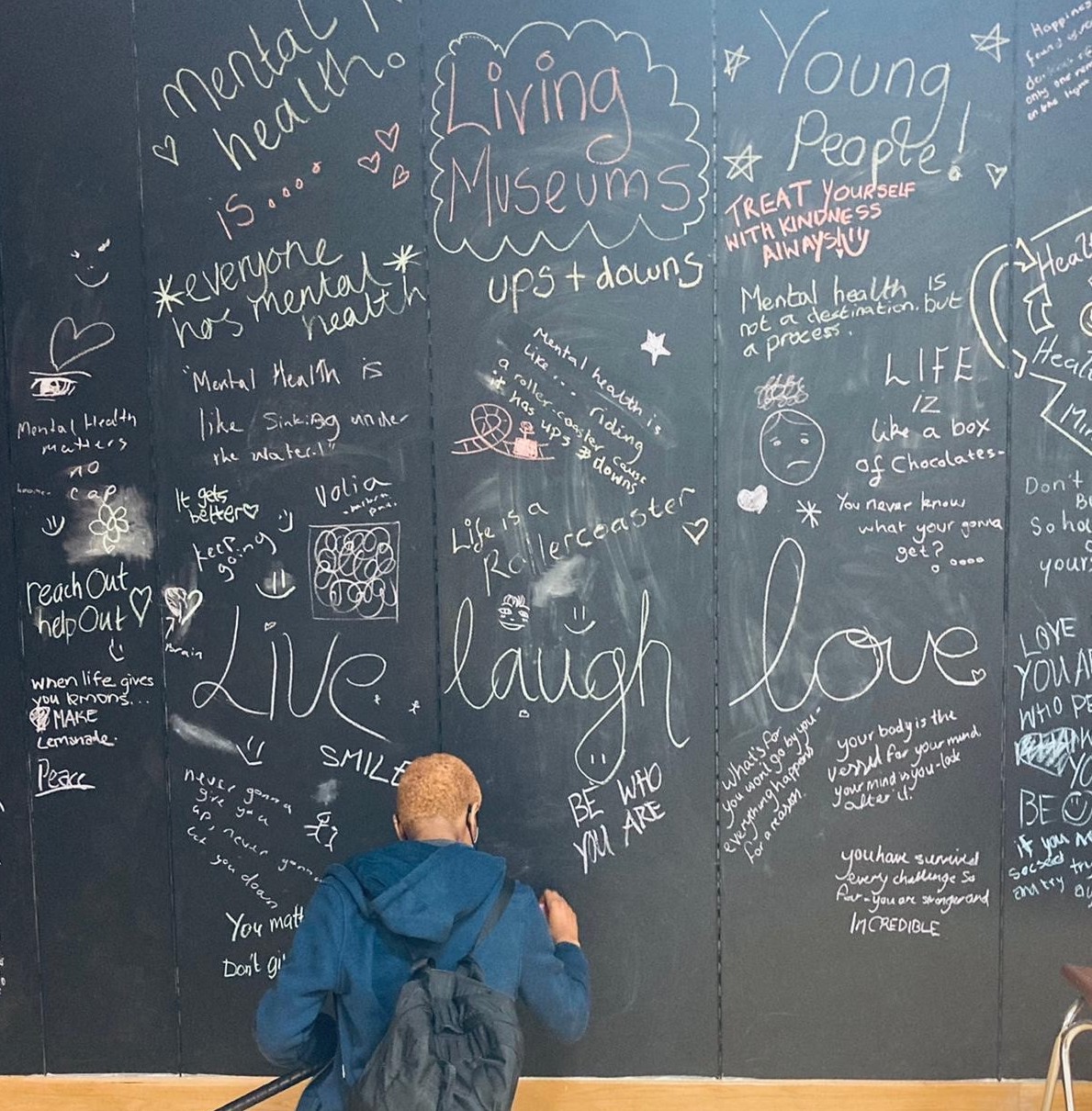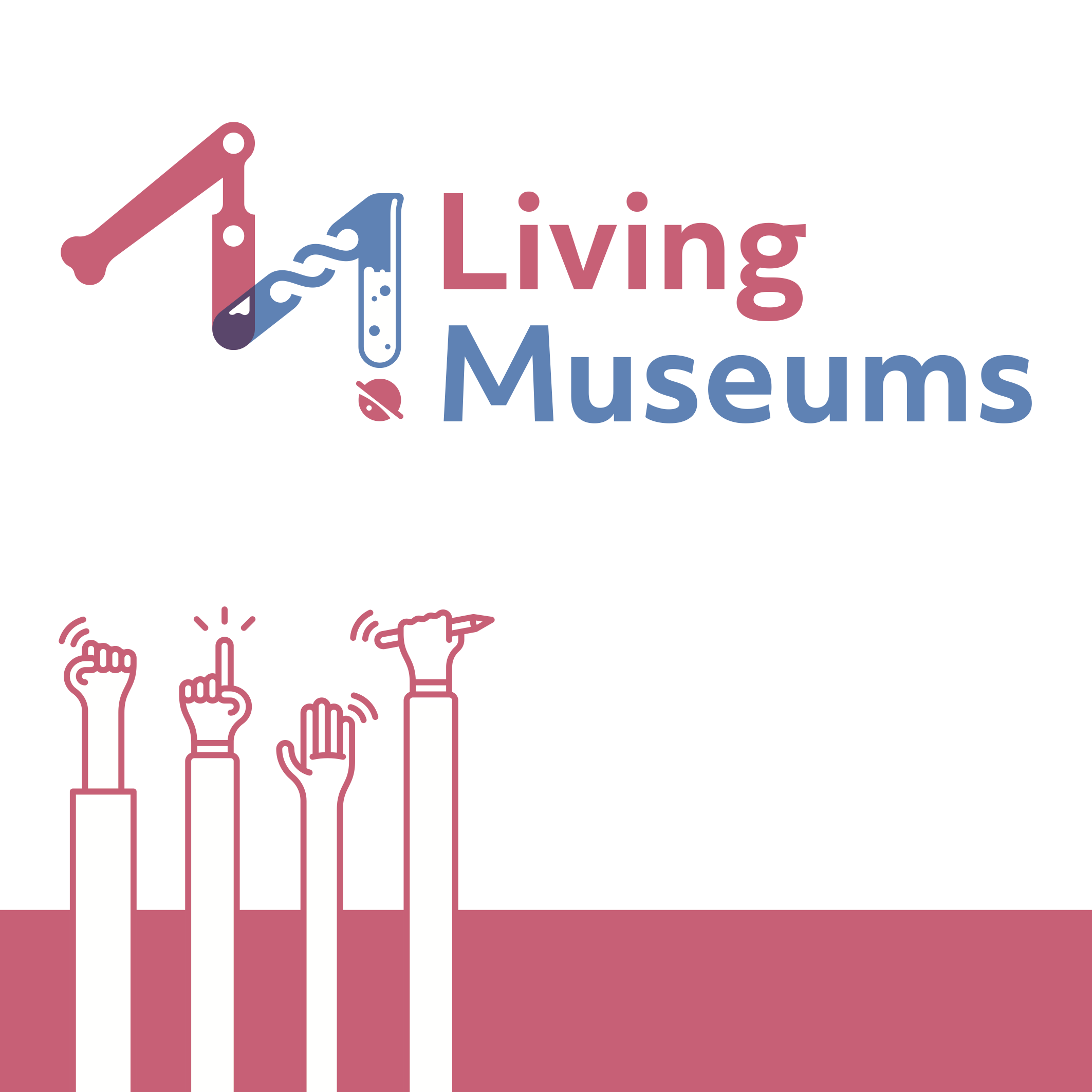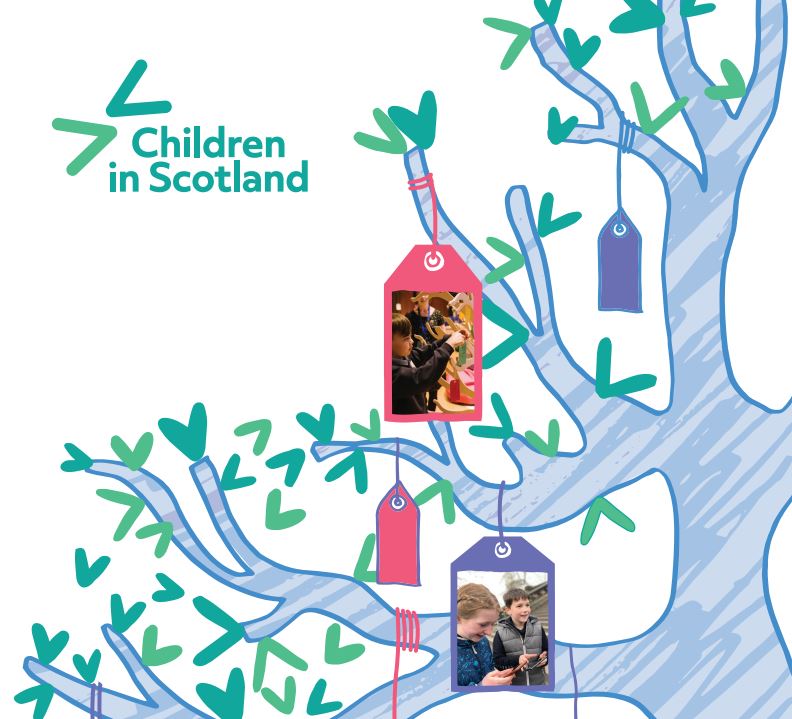Open door policy: Supporting the museums sector to engage with a younger audience
20 Jan 2022
The Living Museums project has showcased the potential of the museums sector and its value to young adults. But, to fulfill its legacy, there needs to be systematic change in how the sector engages with this demographic, writes Chris Ross
We know the value that cultural opportunities have for children and young people. They provide opportunities to learn and have fun. However, we also know that museums struggle to engage young people between the ages of 14 and 21.
The Living Museums project has provided Children in Scotland with an opportunity to explore how museums can improve their engagement with this age group and ensure the potential of what the sector has to offer are fully realised.
The project brought together three groups of young people in Dumfries and Galloway, Perth and Kinross and Stirling with the aim of finding new ways to engage with those in the 14-21 demographic. We supported them to work directly with museum partners to develop a final exhibition on a topic chosen by the young people.
Across the three project areas, the participating young people worked on topics highlighted as important to them. This included youth unemployment, mental health and the impact of covid-19, as well as contemporary collecting. Their work supported museums to learn from varied groups and share different ideas. Having these opportunities has encouraged the participating young people to take a greater interest in the sector and even consider future job opportunities.
Recognising opportunities
It is important to begin by recognising that museums have many key assets in place to engage with young people.
The spaces provide unique opportunities for learning. We know how much young people valued the opportunity to engage with and influence the work museums are undertaking. They also had hugely positive experiences of engaging with committed staff who wanted to learn from the young people to ensure that change happens in the sector.
However, both practitioners and young people involved in the project felt that opportunities for young people to influence and shape museums are still not embedded within the sector. As a result, there is a risk of limited change due to a lack of structure to support future work.
Embedding meaningful engagement and supporting delivery
It is clear that museums need to embed similar co-design approaches to those used in the Living Museums project to increase levels of engagement from young people. This needs to be meaningful, ongoing and young person led, with autonomy to cover the topics they want to focus on. It could involve establishing advisory groups or utilizing other participatory approaches to ensure young people’s experiences and opinions are heard and considered.
It is also clear that museums need support to achieve this. Our experience within the project suggests that there is not an equal understanding of the importance of co-design across different roles within museums, with co-design projects often the sole responsibility of learning departments. The structure, planning and funding models do not support participation and engagement with decisions about programming made in advance and engagement focused on numbers rather than relationships.
Living Museums has shown routes for engaging young people and highlighted that co-design approaches can support a sustainable future by engaging new audiences and creating links that will last beyond the life of the project. There are already early signs of this within the museums we worked with - one is undertaking an access audit based on the focus on accessibility in the group of young people. Another has used the project as an example of how to do future engagement with young people on the design of their main hall.
However, commitments to changing approaches across the sector are needed. Participation of communities needs to be at the heart of future strategic planning in the sector, such as that currently being conducted by Museums and Galleries Scotland.
Participation and engagement training for staff
There needs to be a package of training rolled out to support staff within and across the sector to develop their knowledge and understanding of participation and engagement. Responsibility for participation and engagement also needs to be embedded within senior roles to ensure that it is promoted.
There is a desire to take this work forward from our project partners and we look forward to seeing where that leads. However, it will also require systemic change to move to a place where museums are truly spaces for and by young people which they feel ownership of.
Chris Ross is Senior Policy Officer with Children in Scotland and project lead for Living Museums.


Living Museums Project Final Report
The end of project report highlights successes and how to maintain the momentum
Click here to download
News: Calls from the publication of the final report
Major reforms are needed to make museums more accessible, inclusive and relevant to young people
Click to read the press release
Living Museums
Working in partnership with the museums sector to engage young people
Click here to find out more
Participation and engagement guidelines
Refreshed guidance, putting young people at the heart of engagement work
Click here to read
Evidence bank
A unique resource which directly captures the views of children and young people
Click here to visit the website